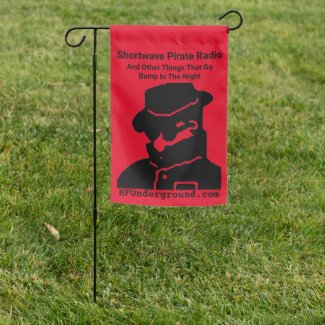Go high and go vertical if you can. Higher frequency and vertical antenna for low angle of reception, 9mHz and above. I used to monitor a fsk bcast out of Rabat Morocco (from Omaha Nebraska) around 19mHz on an almost daily basis back in the day, having both a vert and horizontal antenna helped lengthen reception time as one would open and close the band over the other antenna. There's still weird stuff to tune in if you can find it. One thing I really liked doing was listening to dx stations work other dx, say Germany working Japan, on the HAM bands, until some impatient US HAM would hear them and jump in causing a pileup and ruin the fun.
For band scanning, I used to set a 1kHz tuning step, am mode, wide filter, and just start rolling the dial on the R71 and tune thru hf from bottom to top, then in reverse and see if there was anything interesting, you get to know what is the normal day to day local hf environment after you've done it a few times. Am mode allows you to tell what is being received be it swbc, utility, etc, then if you find anything interesting you swap modes as needed. Or you could skip am mode and just use usb wide to do the same. Sometimes interesting signals try to hide amongst the bcasters.
Sdr rigs can make this easier with the waterfall and fft displays, as you check a given signal, the display reveals others nearby.
This is where a spectrum analyser would be handy as it covers a lot more ground than the usual hf receiver.
There's even free software that turns a RSP2 into a cheap 10mHz wide specan;
http://www.sdrplay.com/community/viewforum.php?f=12



